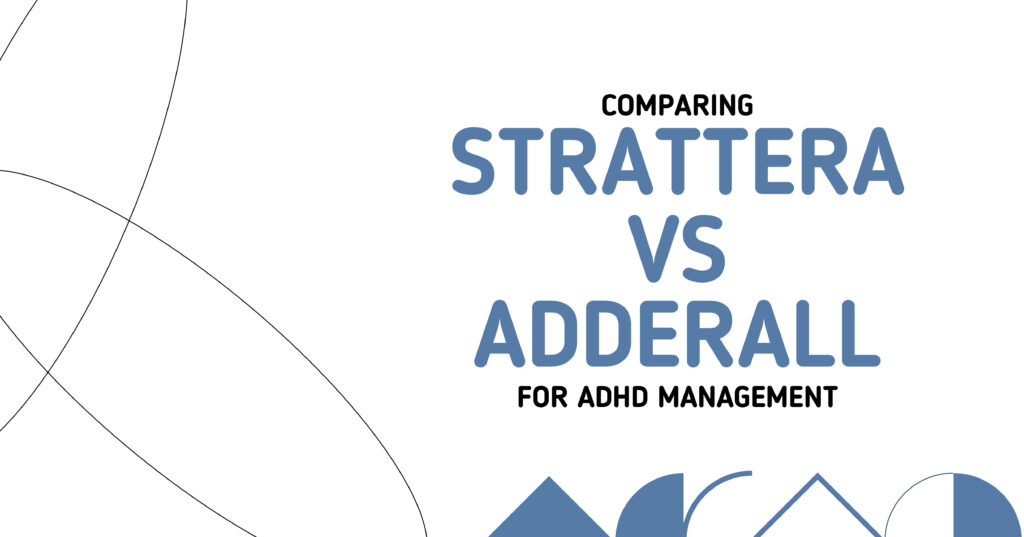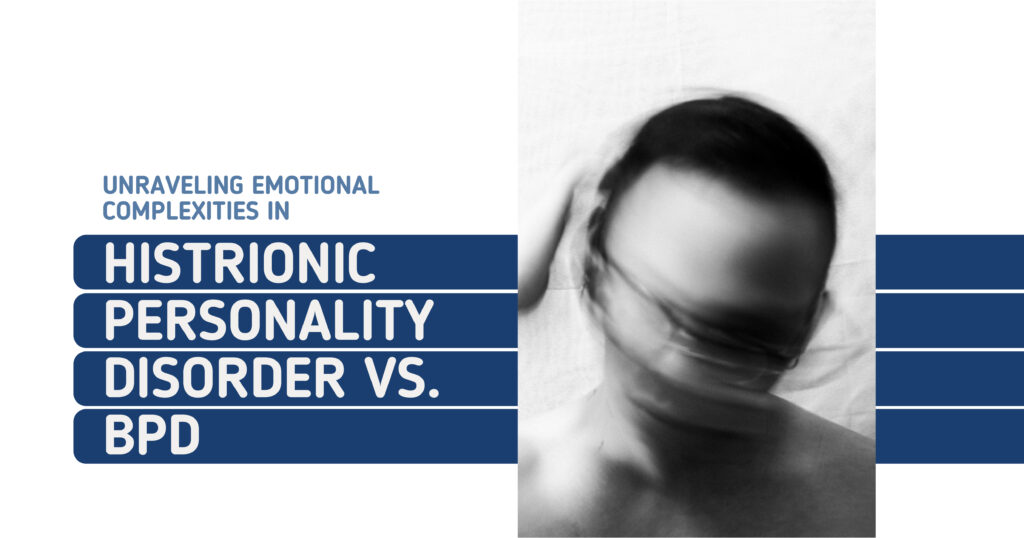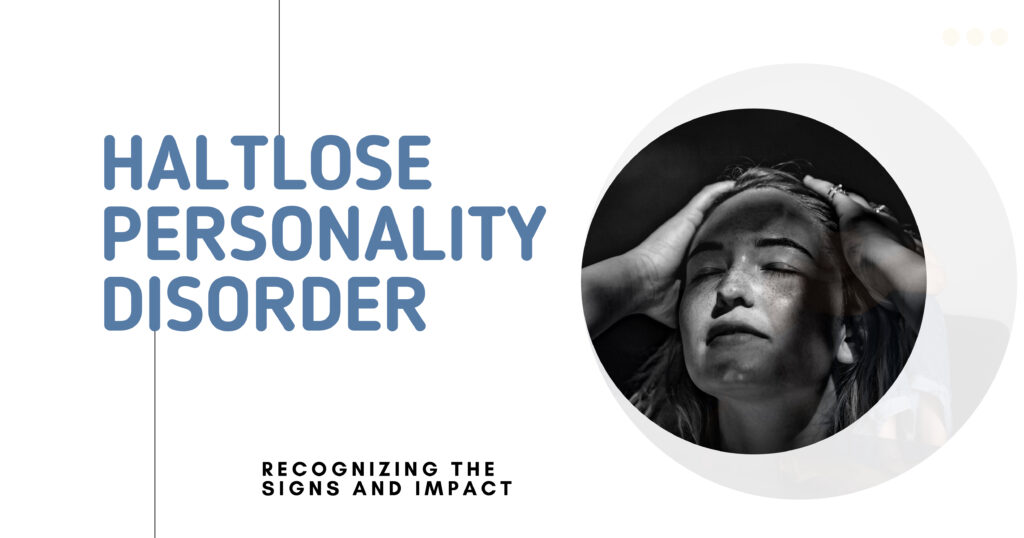Attention Deficit Hyperactivity Disorder (ADHD) affects over 6 million children in the United States alone, with many symptoms persisting into adulthood. According to the CDC, nearly 10% of children aged 3-17 have been diagnosed with ADHD, making it one of the most common neurodevelopmental disorders today. For many individuals and families, choosing the right medication is a critical step toward managing daily challenges like poor focus, impulsivity, and hyperactivity. Among the most commonly prescribed options are Strattera and Adderall, two medications that offer vastly different approaches to symptom relief. In this blog, we explore the key differences, benefits, side effects, and effectiveness of Strattera vs Adderall to help you make a more informed decision in your ADHD treatment journey.
Strattera vs Adderall: Key Differences and Similarities
When considering medication for ADHD, it’s important to understand that not all treatments work the same way. Strattera and Adderall are both FDA-approved for ADHD management, but they differ in their chemical makeup, how they affect the brain, how quickly they work, and who they’re best suited for. Strattera is a non-stimulant ADHD medication, while Adderall is a stimulant ADHD medication, and this core distinction influences everything from effectiveness to side effects to the risk of misuse.
For a clearer understanding, the following table outlines the major differences and similarities between Strattera and Adderall:
| Category | Strattera (Atomoxetine) | Adderall (Amphetamine Salts) |
| Medication Type | Non-stimulant ADHD medication | Stimulant ADHD medication |
| Drug Class | Selective Norepinephrine Reuptake Inhibitor (NRI) | Central Nervous System (CNS) stimulant |
| Mechanism of Action | Increases norepinephrine levels | Increases dopamine and norepinephrine levels |
| FDA-Approved Age Range | Children 6+, Adolescents, Adults | Children 3+, Adolescents, Adults |
| Onset of Effect | 2 to 4 weeks for full effect | 30 to 60 minutes for immediate relief |
| Duration of Action | Lasts up to 24 hours (steady effect) | 4-6 hours (IR) or 10-12 hours (XR) |
| Risk of Dependence | Low, non-controlled substance | Moderate to high, Schedule II controlled substance |
| Common Side Effects | Fatigue, dry mouth, nausea, insomnia | Insomnia, appetite loss, anxiety, elevated heart rate |
San Diego Mental Health
Mechanism of Action: How Strattera and Adderall Work
Although both Strattera and Adderall are effective in treating ADHD, they target different brain chemicals and work at different speeds. These distinctions affect how quickly each medication works, how it’s tolerated, and who it’s best suited for. Below is a breakdown of how each functions at the neurological level.
How Strattera Works: A Non-Stimulant Approach
Strattera (atomoxetine) is a selective norepinephrine reuptake inhibitor (NRI). It increases norepinephrine levels by preventing its reabsorption into nerve cells, which helps regulate attention and behavior over time.
- Does not directly affect dopamine, reducing the risk of euphoria or dependency
- Requires consistent daily use and may take 2 to 4 weeks for full effect
- Offers 24-hour symptom coverage with a single dose
- Often preferred for people with anxiety, sleep disorders, or substance use history
- Considered a non-controlled substance, meaning it has low abuse potential
How Adderall Works: A Stimulant-Based Solution
Adderall is a central nervous system stimulant made up of mixed amphetamine salts. It enhances the release and blocks the reuptake of dopamine and norepinephrine, which sharpens focus and reduces impulsivity.
- Works within 30 to 60 minutes, making it ideal for fast symptom relief
- Comes in immediate-release (IR) and extended-release (XR) forms
- Increases dopamine, which can boost motivation and energy levels
- May cause insomnia, elevated heart rate, or appetite suppression
- Classified as a Schedule II controlled substance due to its potential for misuse
Efficacy in Managing ADHD Symptoms
When it comes to treating ADHD, effectiveness is often measured by how well a medication reduces symptoms like inattention, impulsivity, and hyperactivity, without causing disruptive side effects. Both Strattera and Adderall are proven to be effective, but their onset, impact, and consistency vary significantly based on individual needs and biology. Understanding their strengths helps determine which may be more suitable for long-term symptom control.

Strattera Effectiveness: Steady and Long-Term
Strattera offers a gradual, consistent benefit that is especially useful for individuals who need all-day coverage or who have conditions that may be worsened by stimulants.
- Symptoms often improve within 2-4 weeks, with full benefits developing over 6-8 weeks
- Particularly effective for individuals with coexisting anxiety, mood disorders, or tics
- Promotes emotional stability and may reduce emotional outbursts over time
- Ideal for patients who need 24-hour control without the risk of stimulant rebound effects
- Works best when taken daily without missed doses
Adderall Effectiveness: Fast and Powerful
Adderall is known for its rapid and dramatic symptom relief, making it one of the most widely prescribed ADHD medications.
- Effects begin in 30 to 60 minutes, with significant improvement in attention and behavior
- Useful for short-term demands, such as school, work, or exams
- Adderall XR provides up to 12 hours of control, reducing the need for multiple daily doses
- Studies show that stimulants like Adderall improve academic, social, and occupational performance
- Particularly effective in individuals with classic ADHD symptoms like hyperactivity and impulsivity
Side Effects and Safety Profiles
Both Strattera and Adderall are effective for ADHD treatment, but like all medications, they come with the potential for side effects. These side effects can vary widely in intensity and frequency, depending on the individual’s health profile, dosage, and co-occurring conditions. Understanding the safety profiles of each can help patients and healthcare providers weigh the benefits against possible risks. While Adderall’s stimulant nature allows for faster results, it may also lead to more intense side effects. Strattera, as a non-stimulant, generally produces subtler side effects but requires longer-term use for maximum benefit.
Here’s a detailed comparison of Strattera side effects vs Adderall side effects, as well as key safety considerations:
| Category | Strattera (Atomoxetine) | Adderall (Amphetamine Salts) |
| Common Side Effects | Nausea, dry mouth, fatigue, dizziness, decreased appetite | Insomnia, loss of appetite, jitteriness, increased heart rate |
| Emotional Effects | May cause mood swings or irritability early in treatment | Can increase anxiety, cause mood crashes, or irritability |
| Sleep Impact | May cause insomnia, especially if taken late in the day | Frequently disrupts sleep; should be taken early |
| Cardiovascular Risk | Low in healthy individuals, but liver monitoring is advised | Can raise blood pressure and heart rate; not for heart patients |
| Addiction Potential | Low; not habit-forming or euphoric | Moderate to high; Schedule II controlled substance |
San Diego Mental Health
Dosage and Administration Guidelines
Proper dosing and administration are essential to achieving the best outcomes in ADHD treatment. Both Strattera and Adderall require titration (gradual dose adjustment) based on individual response, age, weight, and potential side effects. However, their dosing strategies differ significantly due to their unique mechanisms and duration of action. Strattera must be taken consistently to maintain its therapeutic effect, while Adderall offers more flexibility with immediate and extended-release forms.
Here’s a side-by-side comparison of Strattera dosage vs Adderall dosage and their respective administration guidelines:
| Category | Strattera (Atomoxetine) | Adderall (Amphetamine Salts) |
| Initial Dose (Children) | 0.5 mg/kg/day | 5 mg once or twice daily (IR); 10 mg once daily (XR) |
| Initial Dose (Adults) | 40 mg per day | 5-10 mg once or twice daily (IR); 10-20 mg once daily (XR) |
| Maintenance Dose | Typically 80-100 mg/day (max: 100 mg/day) | IR: 5-40 mg/day in divided doses; XR: 10-30 mg/day |
Find Support With San Diego Mental Health
Choosing between Strattera vs Adderall can feel overwhelming, especially when you’re trying to manage the daily challenges of ADHD. Both medications offer proven benefits, but the right choice depends on your unique symptoms, lifestyle, and mental health history. Whether you’re considering a non-stimulant ADHD medication like Strattera or a stimulant ADHD medication like Adderall, professional guidance is key to achieving the best results.

At San Diego Mental Health, our team is here to help you explore your options, monitor your progress, and tailor a treatment plan that works for you or your loved one. Contact us today for personalized ADHD care and medication support.
FAQs
What are the common side effects of Strattera compared to Adderall?
Strattera commonly causes nausea, dry mouth, fatigue, and sleep disturbances, while Adderall may lead to insomnia, appetite loss, anxiety, and increased heart rate. Adderall’s stimulant nature may result in stronger and quicker-onset side effects than Strattera.
How does the effectiveness of Strattera vs Adderall differ for ADHD treatment?
Adderall typically offers faster and more noticeable symptom relief within an hour, making it ideal for short-term needs. Strattera takes longer to work but provides steady, all-day symptom control, especially useful for individuals needing long-term stability.
What are the benefits of choosing a non-stimulant ADHD medication like Strattera over a stimulant medication like Adderall?
Strattera is less likely to be habit-forming and is better tolerated by individuals with anxiety, sleep problems, or a history of substance misuse. It provides consistent symptom control without the highs and lows often seen with stimulants.
How do the dosages of Strattera and Adderall vary for treating ADHD?
Strattera is typically dosed once daily based on body weight or age, gradually increasing to a maintenance dose. Adderall has more flexible dosing with immediate and extended-release forms, often requiring multiple doses per day for full coverage.
San Diego Mental Health
What are the specific benefits of using Strattera versus Adderall for managing ADHD symptoms?
Strattera offers long-term, 24-hour symptom control and is well-suited for people with coexisting emotional concerns. Adderall provides rapid relief and helps with academic or work performance, but may not be ideal for individuals with sensitivity to stimulants.








